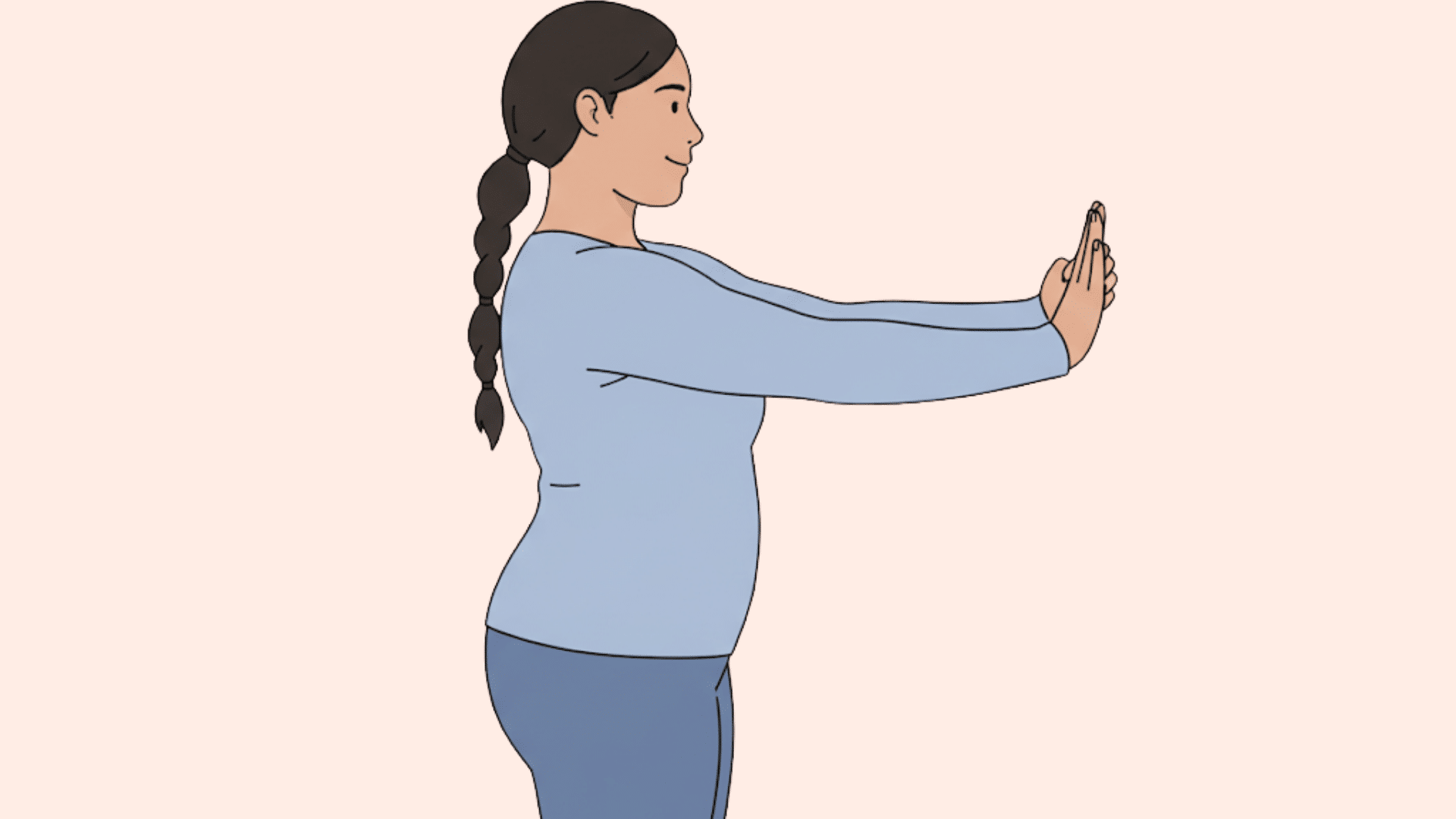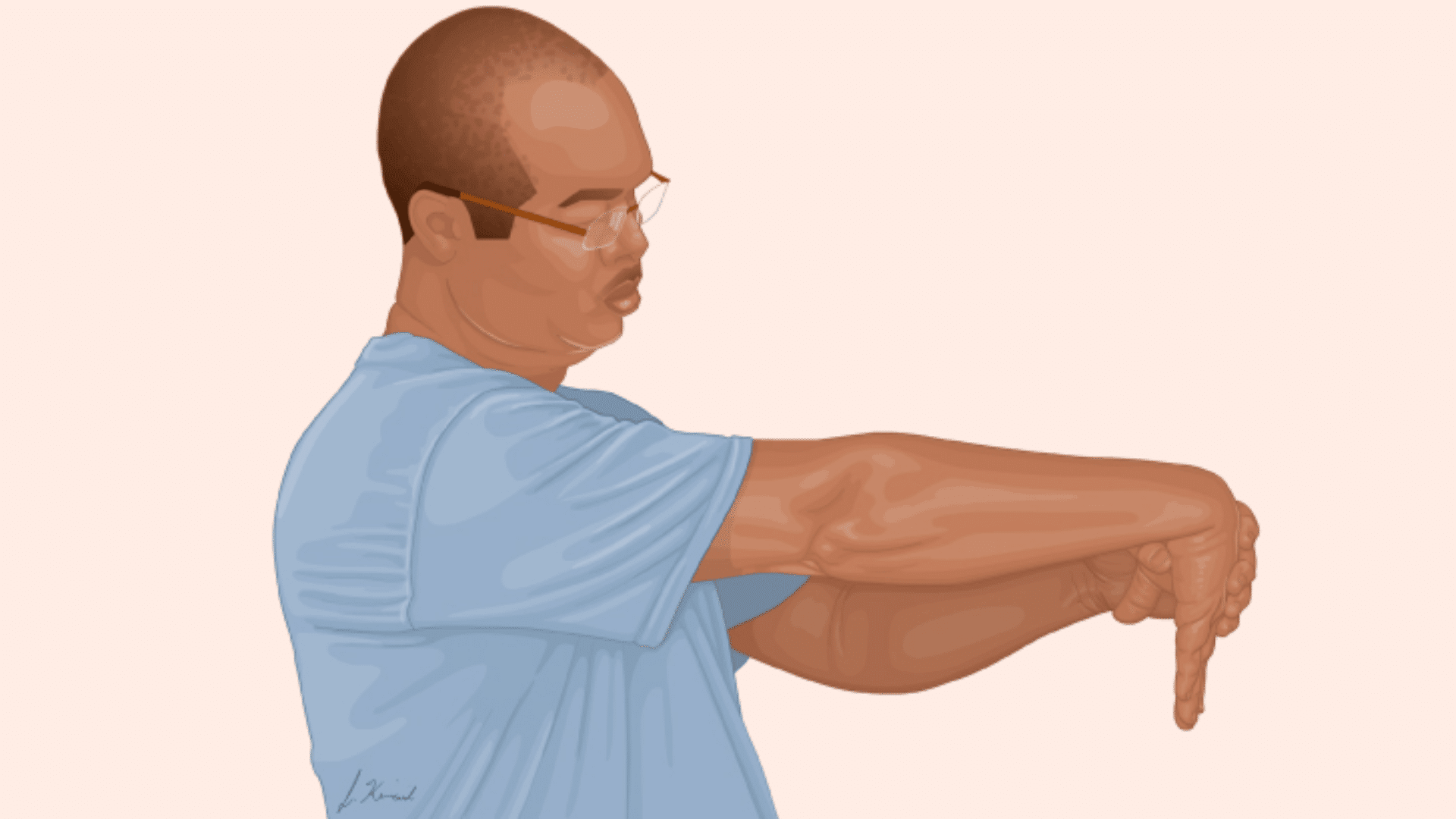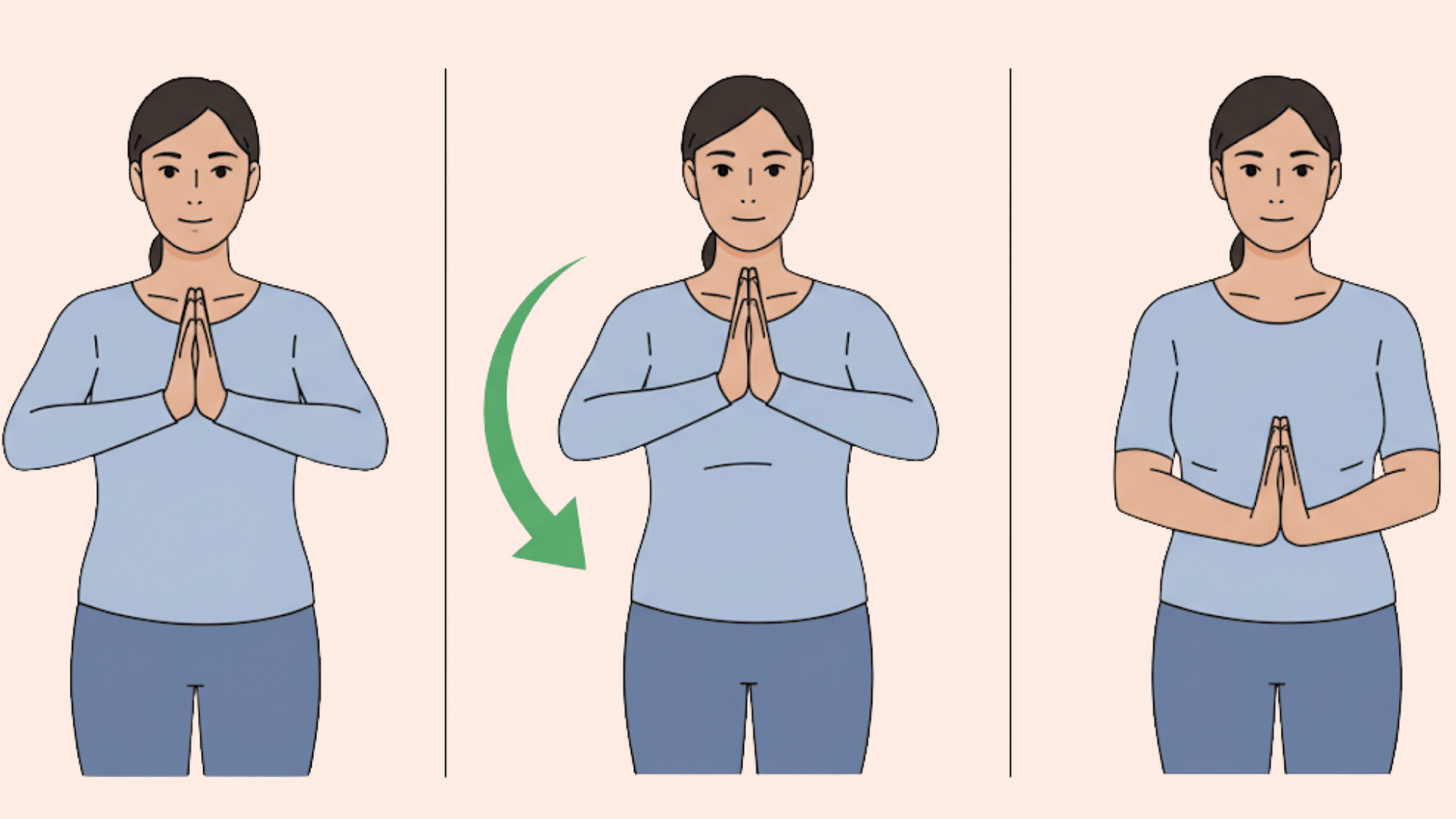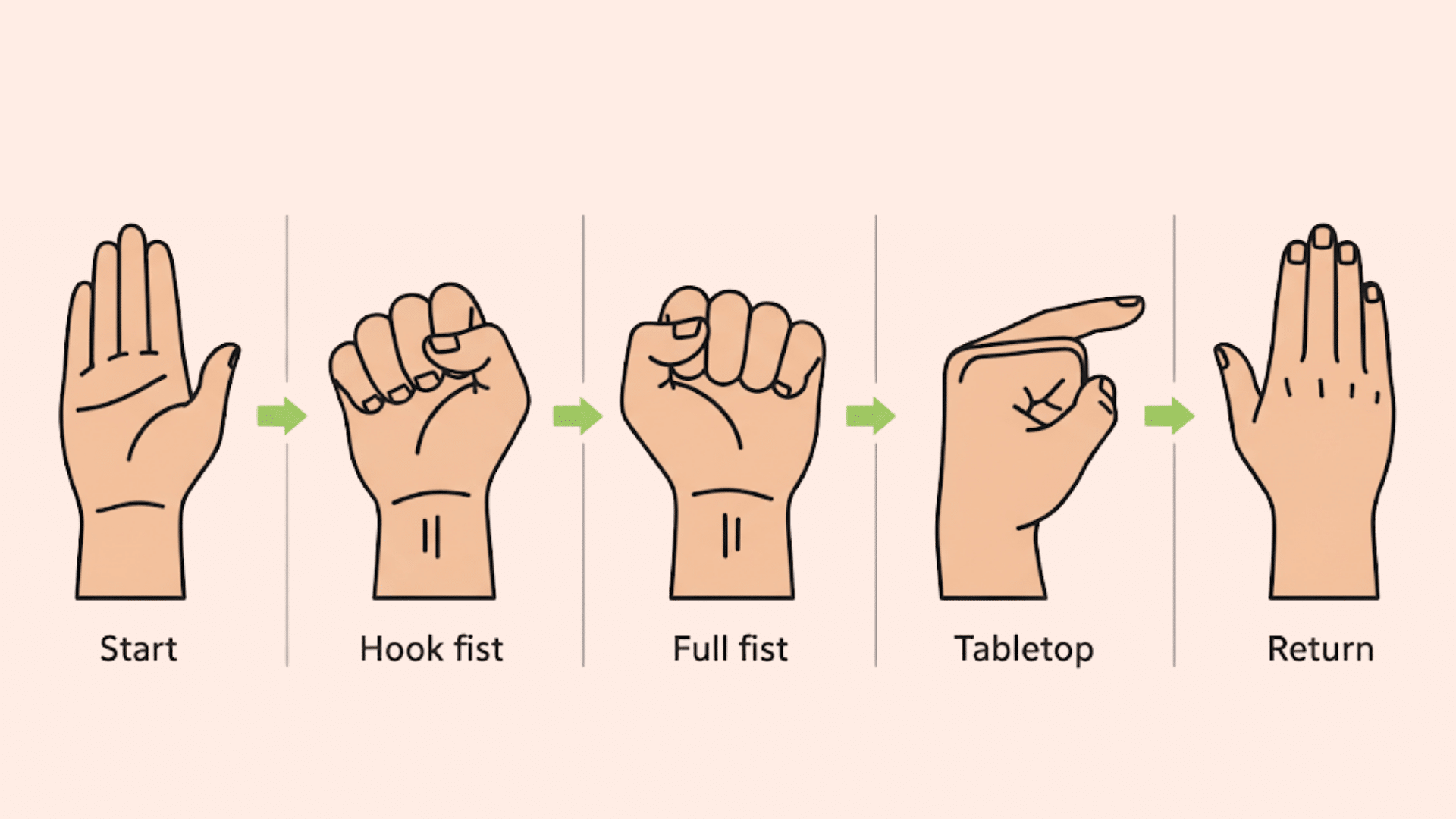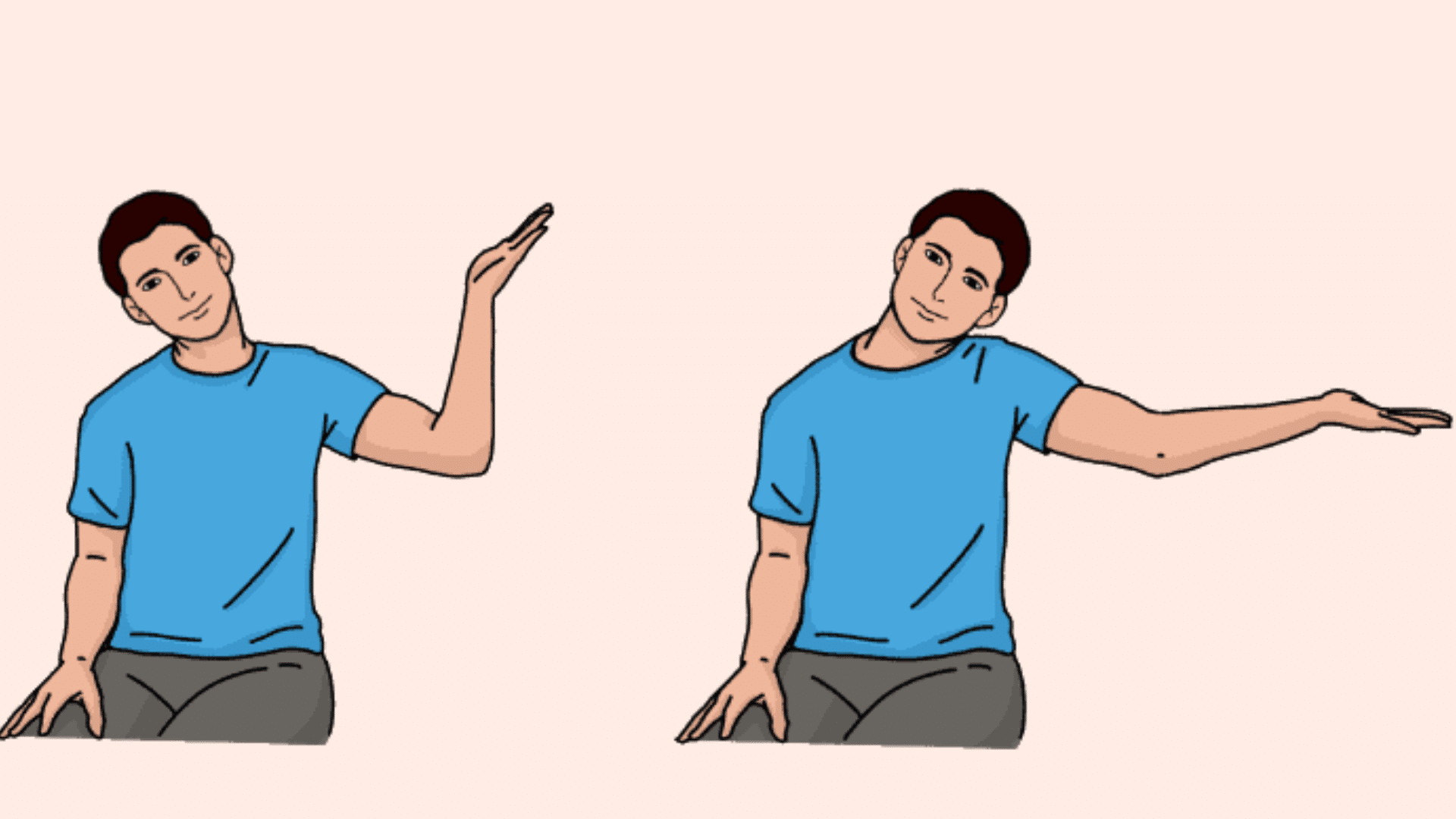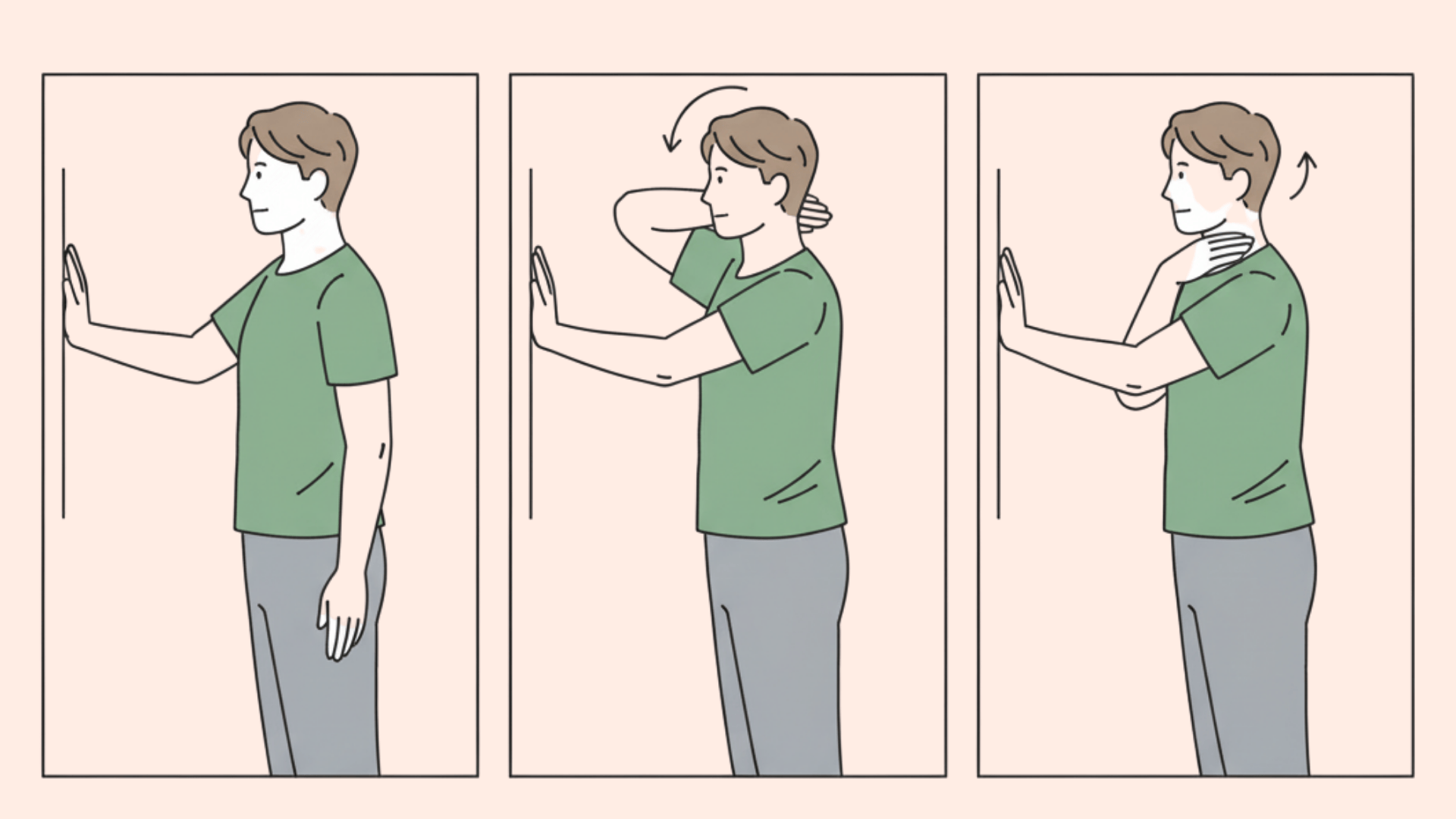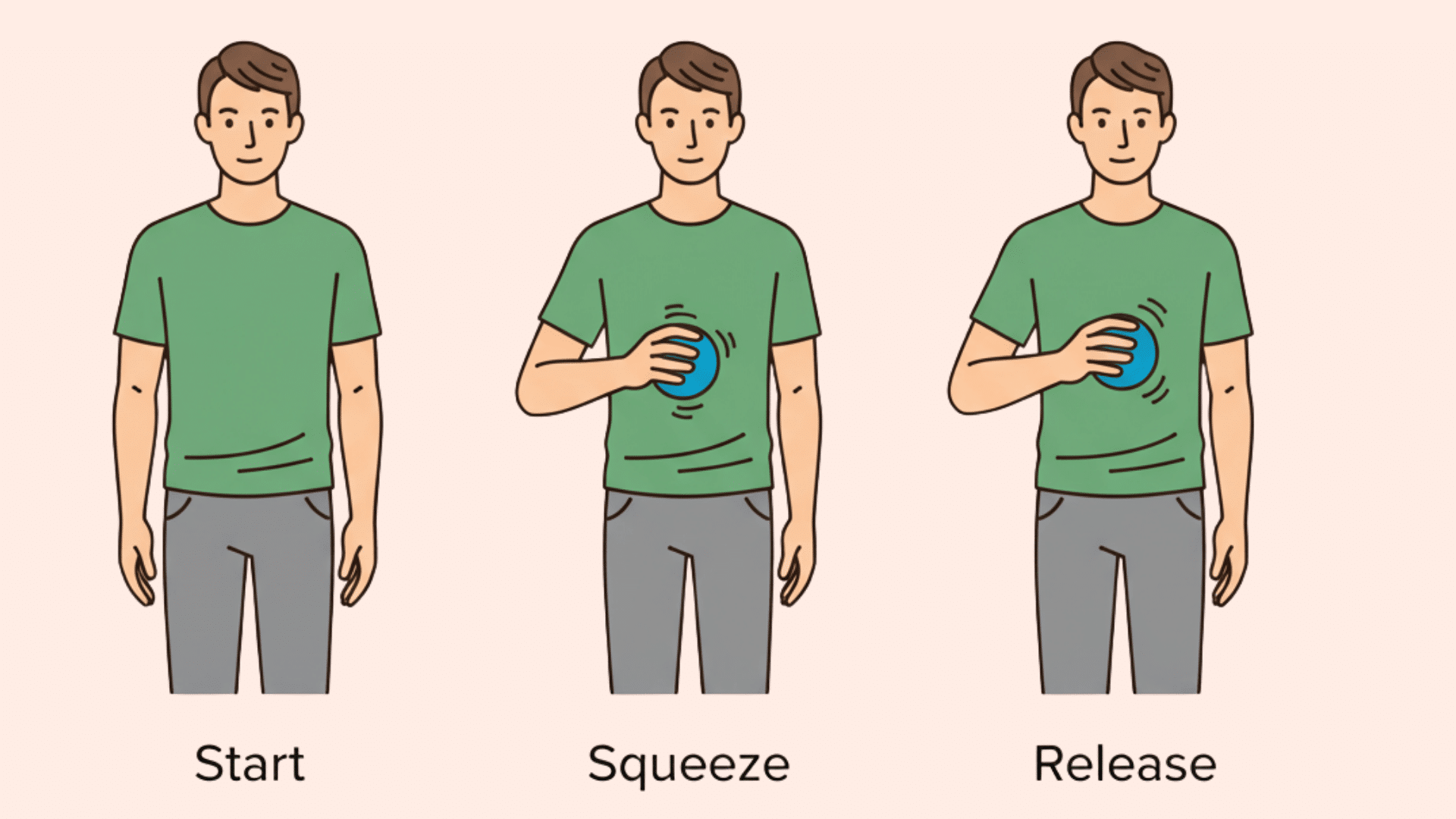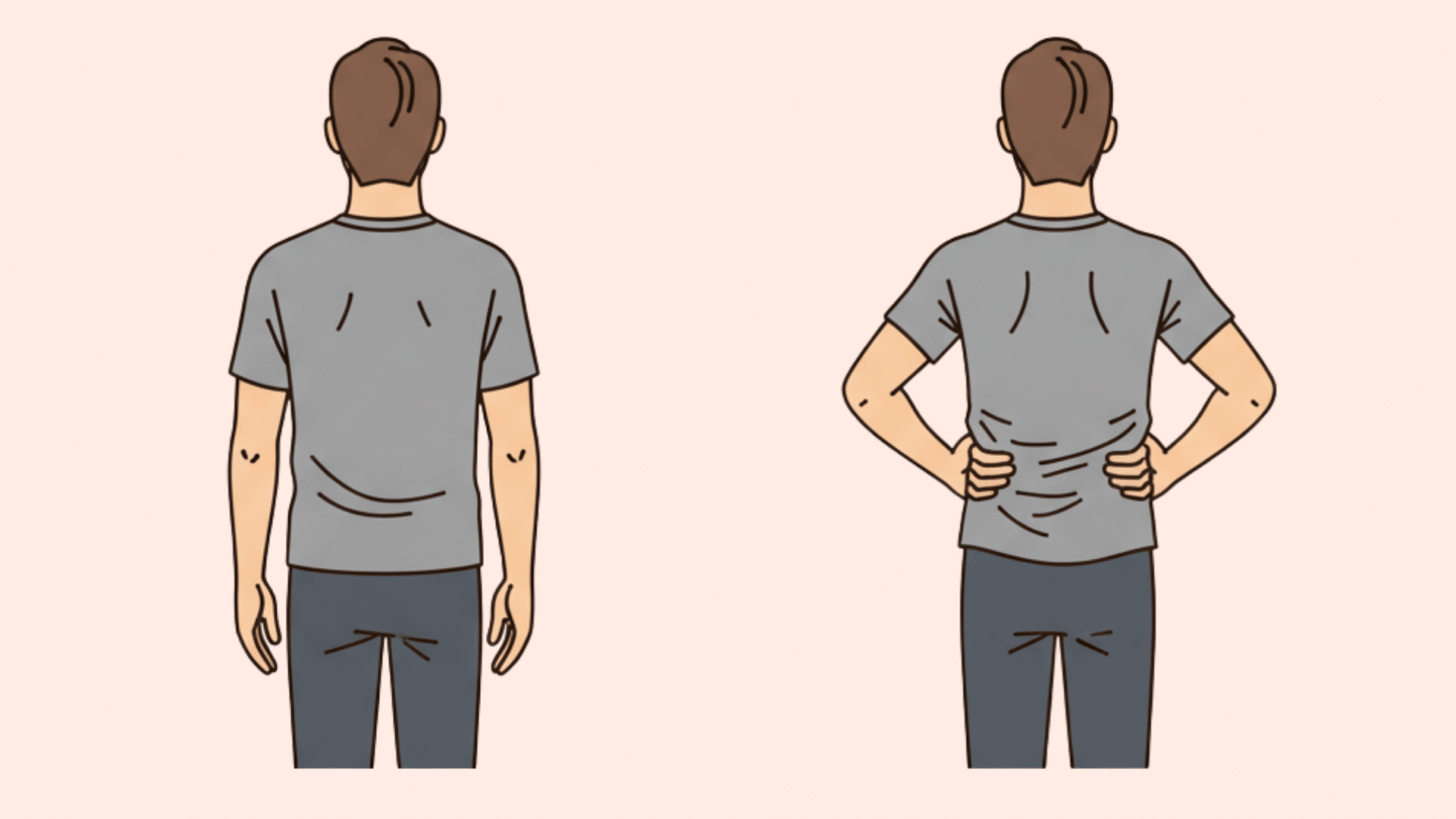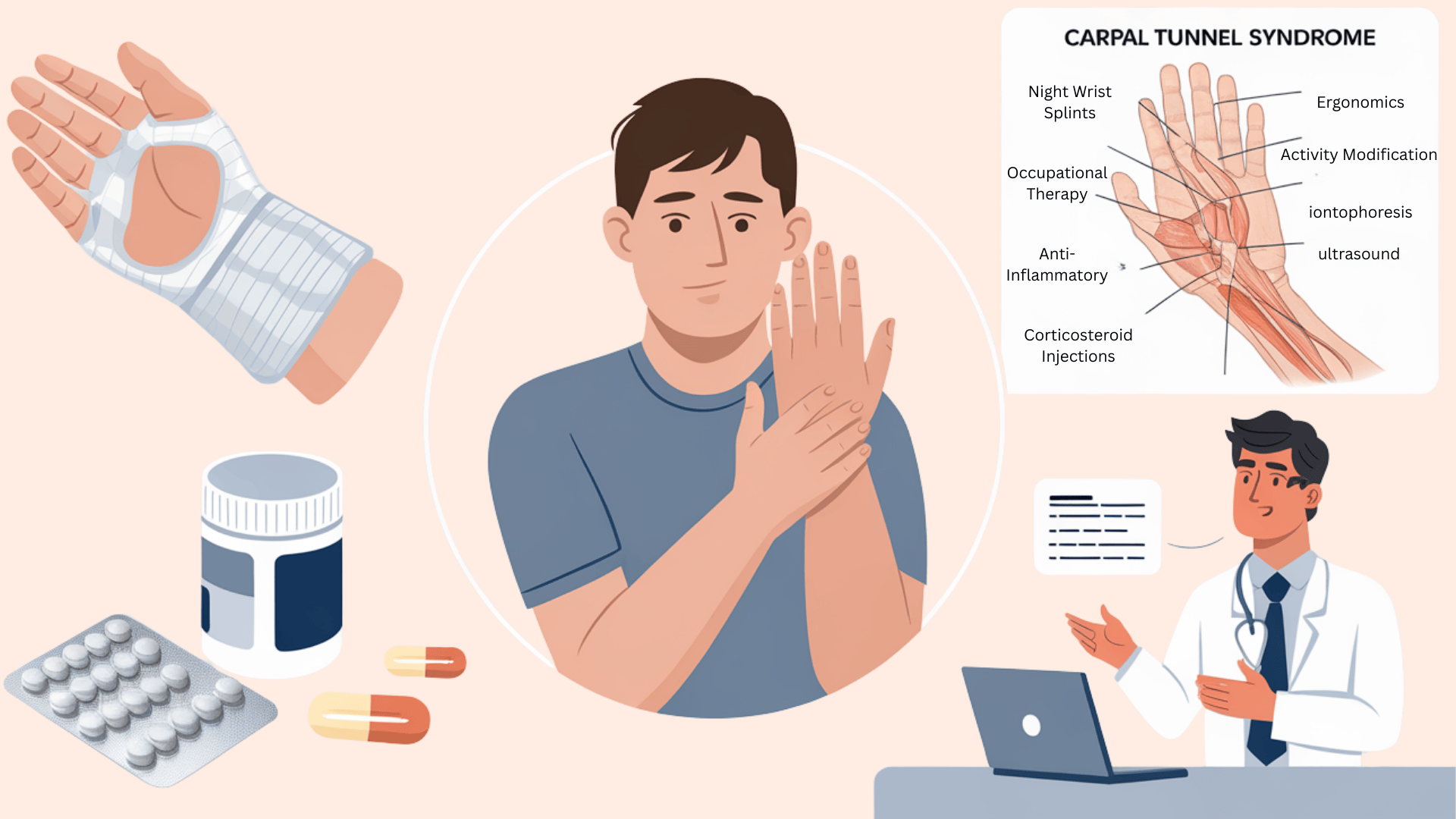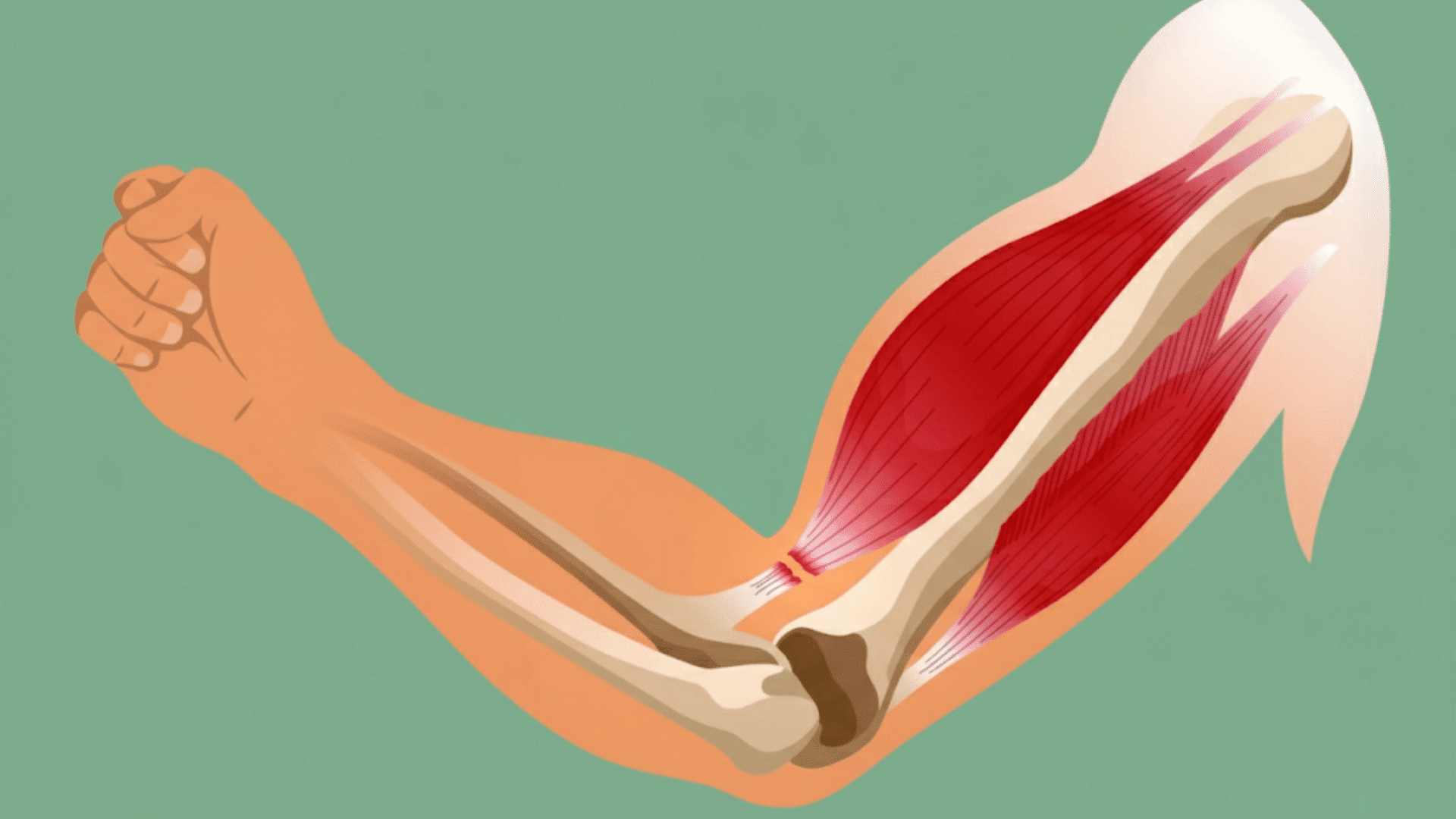That familiar tingling in your thumb and fingers isn’t going away on its own.
What starts as mild numbness during late-night typing sessions can quickly turn into constant pain that disrupts your sleep and makes simple tasks feel impossible.
Carpal tunnel syndrome happens when the median nerve gets squeezed in the narrow tunnel of your wrist.
The good news? Targeted exercises can reduce pressure, improve nerve movement, and often prevent the need for surgery when caught early.
This guide walks you through recognizing carpal tunnel symptoms, understanding what triggers them, and performing eight proven exercises that actually work.
You’ll also learn when to seek medical help and explore all treatment options available today.
What Causes Carpal Tunnel Syndrome?
Think of your carpal tunnel as a narrow passageway in your wrist. It’s like a small tunnel made of bones and ligaments.
The median nerve runs through this tunnel along with nine tendons that help your fingers move. When this tunnel gets tight or swollen, it squeezes the nerve.
That’s when you start feeling those tingling, numb, or painful sensations in your hand.
Common Triggers That Make CTS Worse
Discover the everyday habits and triggers that can exacerbate Carpal Tunnel Syndrome, and learn how to avoid them to protect your wrists and hands.
- Repetitive Wrist and Hand Movements: Repeatedly performing the same hand motions can lead to inflammation in the tendons of the carpal tunnel.
- Poor Wrist Position for Long Periods: Maintaining your wrists in a bent position for hours can put extra pressure on the narrow tunnel space.
- Vibrating Tools and Equipment: The constant vibration from power tools, machinery, or even gaming controllers can irritate the tissues around your median nerve.
- Bad Keyboard and Mouse Setup: When your keyboard is positioned too high or too low, your wrists are forced into awkward positions that can compress the carpal tunnel.
- Fluid Retention and Pregnancy: Extra fluid in your body can cause swelling that makes the carpal tunnel even tighter than usual.
- Diabetes: High blood sugar levels can damage nerves over time, making them more sensitive to pressure.
- Thyroid Problems: An underactive thyroid can cause fluid buildup and tissue swelling that affects your carpal tunnel.
- Rheumatoid Arthritis: This autoimmune condition creates inflammation in your wrist joints, which can narrow the carpal tunnel space.
- Poor Posture and Neck Tension: When your shoulders roll forward and your neck pushes ahead, it affects nerve function all the way down to your wrists.
8 Best Carpal Tunnel Exercises
Learn the 8 best carpal tunnel exercises to relieve wrist pain, improve flexibility, and prevent flare-ups. They are simple, safe, and effective
1. Wrist Flexor Stretch
This stretch lengthens the tight muscles on the underside of your forearm that can squeeze your carpal tunnel, making it ideal for desk workers, gamers, hairstylists, and anyone performing assembly work. If you’ve had recent wrist surgery or you’re in an acute flare-up, keep the stretch smaller.
How often:
2–3 sets of 20–30 seconds, once or twice daily.
Step-by-step:
- Hold your arm straight out with your palm facing up
- Use your other hand to gently pull your fingers toward the floor
- Keep your elbow straight and your shoulders relaxed
- Feel a mild stretch only
- Breathe normally and release slowly
Pro tip: Don’t yank on your fingers; aim for a smooth, straight line from your wrist.
2. Wrist Extensor Stretch
This relieves tension in the muscles on top of your forearm that fight against typing posture all day, making it particularly beneficial for heavy mouse users and drivers who grip steering wheels for extended periods. If you have tennis elbow, reduce the intensity of this stretch.
How often:
2–3 sets of 20–30 seconds, once or twice daily.
Step-by-step:
- Hold your arm straight with your palm facing down
- Use your other hand to flex your wrist downward
- Hold the gentle stretch
- Release slowly
Pro tip: Keep your shoulders down and don’t twist your forearm during the stretch.
3. Prayer Stretch (Palmar Stretch)
This opens up your carpal tunnel while keeping both hands together for even pressure, and office workers love this as a quick mid-day reset. If extending your wrist causes pain, reduce how far you go.
How often:
2 sets of 20–30 seconds, once or twice daily.
Step-by-step:
- Press your palms together at chest level
- Slowly lower your hands toward your waist while keeping palms pressed together
- Stop when you feel a mild to moderate stretch
- Hold the position
Pro tip: Keep your palms fully touching with elbows wide apart.
4. Tendon Glides
This movement helps your flexor tendons glide through the tunnel, reducing stickiness and swelling. Anyone experiencing stiffness due to repetitive work will benefit. If you’re post-surgery or have acute inflammation, go slower with fewer reps.
How often:
1–2 sets of 5–10 reps, one to three times daily.
Step-by-step:
- Start with fingers straight and long
- Make a hook fist (bend the middle and end joints only)
- Make a full fist (curl all joints)
- Make a tabletop position (bend knuckles 90°, keep fingers straight)
- Return to the straight position and move smoothly between each
Pro tip: Think “gliding,” not gripping, no forceful squeezing allowed.
5. Median Nerve Glide
This helps your median nerve move freely and can reduce nerve sensitivity, making it best for classic carpal tunnel symptoms in your thumb, index, and middle fingers. If tingling increases and lasts more than 30–60 seconds, stop and reduce the dose.
How often:
5–8 gentle reps, once or twice daily.
Step-by-step:
- Start with your arm by your side, elbow bent, wrist neutral, fingers relaxed
- Slowly extend your fingers, then extend your wrist a little
- Gently straighten your elbow
- If you can tolerate it, tilt your head away slightly
- Reverse back to start in one smooth motion
Pro tip: Keep movements pain-free and flowing, don’t hold at the end positions.
6. Nerve “Floss” with Wall Assist
This creates very light nerve movement by combining wrist and neck motions, making it perfect for those who found the median nerve glide easy and experienced no symptoms. Don’t hold at maximum stretch; keep it moving.
How often:
5 reps each side, once daily.
Step-by-step:
- Place your fingers on a wall or book at shoulder height
- Gently extend your elbow as you tilt your head away
- Return to the starting position
Pro tip: Small movements work better than big ones here.
7. Grip and Pinch Endurance
This builds functional hand strength without aggressively compressing the carpal tunnel, making it ideal for individuals with hand fatigue during daily tasks (but not during acute flare-ups). Skip this if squeezing brings back your tingling; use very soft resistance only.
How often:
1–2 sets of 10 slow squeezes (3–4 seconds each), 3–4 times per week.
Step-by-step:
- Keep your wrist in a neutral position
- Slowly squeeze a soft ball or putty
- Fully release
- Rest for a moment between squeezes
Pro tip: Maintaining a neutral wrist position is crucial; never squeeze with a bent wrist.
8. Posture and Shoulder Reset
Good posture reduces nerve stress by improving your shoulder mechanics, making this perfect for desk workers with rounded shoulders and forward head posture. If you experience shoulder pain, reduce the range of motion or skip the resistance band.
How often:
2 sets of 8–12 reps, 3 times per week.
Step-by-step:
- Stand tall with arms at chest level
- Pull the band apart while gently squeezing your shoulder blades together
- Return slowly to the starting position
Pro tip: Keep your ribs down and chin tucked to avoid arching your lower back.
Treatment Options for Carpal Tunnel Syndrome
Explore effective treatment options for Carpal Tunnel Syndrome, from home remedies and therapy to advanced medical and surgical care.
1. Conservative Treatment Approaches
- Activity Modification and Ergonomics: Making simple adjustments to your work and movement can make a significant difference. Take scheduled breaks every 20-30 minutes and set up your workspace so your wrists stay in a neutral position.
- Night Wrist Splints: Wearing a splint while you sleep keeps your wrist in a neutral position, preventing the nighttime bending that exacerbates symptoms. Most people see improvement within a few weeks of consistent use.
- Physical and Occupational Therapy: A skilled therapist can guide you through exercise progressions, provide hands-on manual therapy, and teach you proper ergonomics for your specific work setup. This personalized approach often provides lasting relief.
- Anti-Inflammatory Medications: Short courses of NSAIDs, such as ibuprofen, can help reduce inflammation and pain when used under a doctor’s guidance. These work best for temporary flare-ups rather than long-term management.
- Corticosteroid Injections: A steroid injection directly into your carpal tunnel can provide temporary relief for several months. However, you’ll want to discuss the risks and benefits with your doctor, as repeated injections aren’t recommended.
- Other Modalities: Some clinics offer treatments such as ultrasound or iontophoresis, although the research on their effectiveness is mixed. Your healthcare provider can help you decide if these are worth trying.
2. Surgical Treatment Options
- Carpal Tunnel Release Surgery: When conservative treatments are ineffective, surgery may be the best option. Surgeons can use either an open approach (a small incision in the palm) or an endoscopic technique (smaller incisions with a tiny camera) to cut the ligament that’s compressing your nerve.
- Who Needs Surgery: Surgery becomes necessary when you have persistent or severe symptoms, progressive muscle weakness, or when months of conservative treatment haven’t helped. Don’t wait too long; permanent nerve damage can occur.
- Recovery Process: Most people follow a predictable path, starting with brief immobilization immediately after surgery, followed by a gradual return to movement and strengthening exercises, and finally resuming normal activities according to your surgeon’s timeline.
3. What to Expect Long-Term
The earlier you address carpal tunnel syndrome, the better your outcomes typically are.
If you have underlying conditions like diabetes or thyroid problems, managing these properly can prevent symptoms from returning.
Most people who get appropriate treatment early see significant improvement and can return to their normal activities without ongoing problems.
Lifestyle Hacks to Prevent Carpal Tunnel Pain
Discover easy lifestyle hacks and ergonomic tips that protect your wrists, alleviate strain, and help prevent painful carpal tunnel syndrome.
- Set Up Your Workspace: Position your keyboard and mouse at elbow height so your wrists stay straight while typing and clicking.
- Take Regular Breaks: Give your hands a 1–2 minute break every 30 minutes to shake out tension and improve blood flow.
- Sleep Smart: Use a neutral wrist splint at night if your doctor recommends it to prevent painful nighttime bending.
- Warm Up Before Exercise: Warm your hands with warm water or a heating pad before performing carpal tunnel exercises to improve movement and reduce stiffness.
When to See a Doctor?You should schedule an appointment with your doctor if your carpal tunnel symptoms persist for more than two to three weeks, despite making ergonomic adjustments and taking regular breaks. Don’t wait if you’re waking up frequently at night due to hand pain or numbness, if your symptoms are worsening instead of improving, or if you’re having trouble with fine motor tasks, such as buttoning shirts or picking up small objects. Any carpal tunnel symptoms that develop after a wrist injury also need professional evaluation to prevent long-term nerve damage |
Closing Remarks
Carpal tunnel syndrome doesn’t have to control your life. The eight exercises in this guide can help reduce nerve pressure, improve mobility, and get you back to pain-free daily activities when practiced consistently.
Remember the key points: start with gentle stretches, maintain proper ergonomics at work, take regular breaks, and listen to your body.
If symptoms persist for more than 2-3 weeks or worsen despite your efforts, don’t hesitate to seek professional help.
Early action makes all the difference. The sooner you address carpal tunnel symptoms with targeted exercises and lifestyle changes, the better your chances of avoiding surgery and maintaining full hand function.
Ready to start your recovery? Begin with the wrist flexor stretch today and gradually add more exercises as your comfort improves. Your hands will thank you.


